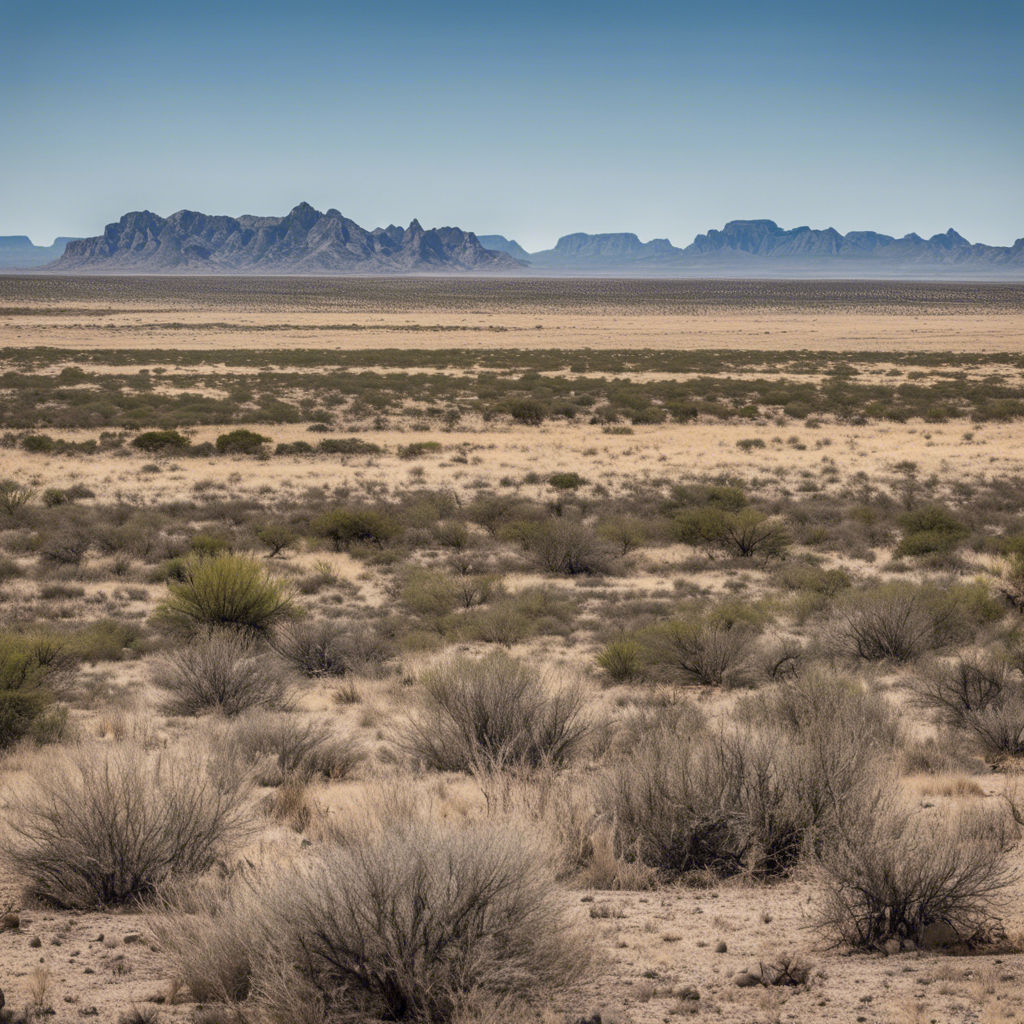Your Guide to Visiting Big Bend National Park
- kandwranchita

- Oct 13
- 3 min read
Big Bend National Park is a vast and stunning natural treasure located in the southwestern corner of Texas. Known for its dramatic desert landscapes, rugged mountains, and the winding Rio Grande River, this park offers an unforgettable experience for outdoor enthusiasts and nature lovers alike. Whether you are planning a weekend getaway or an extended adventure, this big bend travel guide will help you make the most of your visit.
Big Bend Travel Guide: What to Expect and How to Prepare
Visiting Big Bend National Park means immersing yourself in a diverse environment that includes desert, river, and mountain ecosystems. The park covers over 800,000 acres, so preparation is key to enjoying your trip safely and comfortably.
Weather: The climate can be extreme, with hot summers and cold winters. Spring and fall are the best times to visit for mild temperatures.
Gear: Bring sturdy hiking boots, sun protection (hat, sunscreen, sunglasses), plenty of water, and layered clothing.
Navigation: Cell service is limited, so carry a detailed map and a GPS device if possible.
Permits: Some activities like backcountry camping require permits, which you can obtain at the visitor center.
Big Bend is also home to unique wildlife such as javelinas, roadrunners, and even mountain lions. Always keep a safe distance and follow park guidelines to protect both yourself and the animals.

The vast desert and mountain terrain of Big Bend National Park
Top Attractions and Activities in Big Bend National Park
Big Bend offers a wide range of activities that cater to all interests and fitness levels. Here are some must-see spots and things to do:
Hiking: Trails range from easy walks like the Window View Trail to challenging hikes such as the South Rim Trail, which offers breathtaking panoramic views.
River Trips: Canoeing or kayaking on the Rio Grande provides a unique perspective of the park’s canyons and wildlife.
Stargazing: Big Bend is a designated International Dark Sky Park, making it one of the best places in the US to observe stars and planets.
Hot Springs: Relax in the natural hot springs along the Rio Grande, accessible via a short hike.
Wildlife Watching: Early morning and late afternoon are ideal times to spot animals in their natural habitat.
For those interested in history, the park also features archaeological sites and historic ranches that tell the story of the region’s past.

Exploring the rugged hiking trails of Big Bend
How Many Days Do You Need to See Big Bend National Park?
The amount of time you need depends on your interests and pace. Here’s a general guideline:
1-2 Days: Focus on the main scenic drives and short hikes like the Window Trail and Hot Springs. This is a quick introduction to the park’s highlights.
3-4 Days: Allows for more extensive hiking, a river trip, and some time for stargazing and wildlife watching.
5+ Days: Ideal for backcountry camping, exploring remote areas, and fully immersing yourself in the park’s diverse ecosystems.
Keep in mind that distances between points of interest can be long, and some roads are unpaved, so plan your itinerary accordingly.

The scenic Rio Grande River carving through Big Bend’s canyons
Tips for a Safe and Enjoyable Visit
To make the most of your trip and stay safe, consider these practical tips:
Hydration: Carry at least one gallon of water per person per day.
Sun Protection: Use sunscreen and wear protective clothing to avoid sunburn.
Wildlife: Do not feed or approach animals.
Trail Safety: Stay on marked trails and inform someone of your plans if hiking alone.
Leave No Trace: Pack out all trash and respect the natural environment.
Additionally, check the park’s official website or visitor center for up-to-date information on trail conditions, weather alerts, and any park advisories.
Where to Stay and Eat Near Big Bend National Park
Accommodations range from campgrounds inside the park to lodges and hotels in nearby towns like Terlingua and Marathon. Here are some options:
Camping: Big Bend has several campgrounds, including Chisos Basin Campground, which offers stunning mountain views.
Lodging: The Chisos Mountains Lodge is the only lodge inside the park and provides comfortable rooms and dining.
Nearby Towns: Terlingua offers rustic cabins, motels, and local eateries with Tex-Mex cuisine.
Dining: Pack your own food if you plan to stay in remote areas, as services inside the park are limited.
Planning your stay in advance is recommended, especially during peak seasons.
For those ready to explore this incredible destination, be sure to visit big bend national park and experience the natural beauty and adventure it offers firsthand. With proper planning and an adventurous spirit, your trip to Big Bend will be a memorable journey into one of Texas’s most spectacular landscapes.





Comments